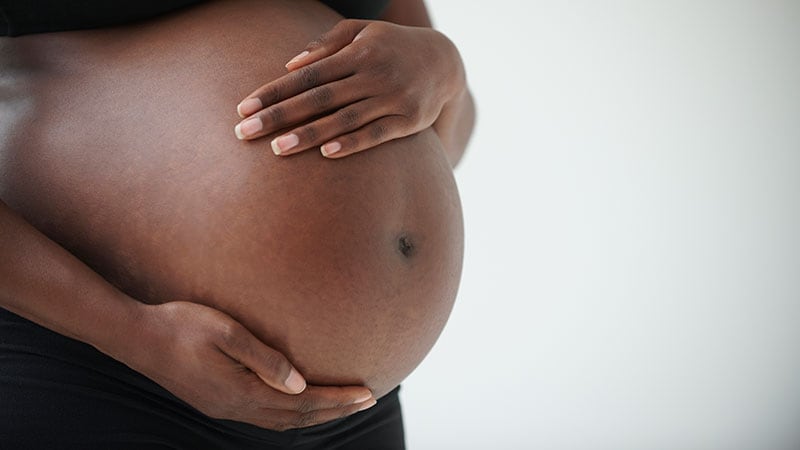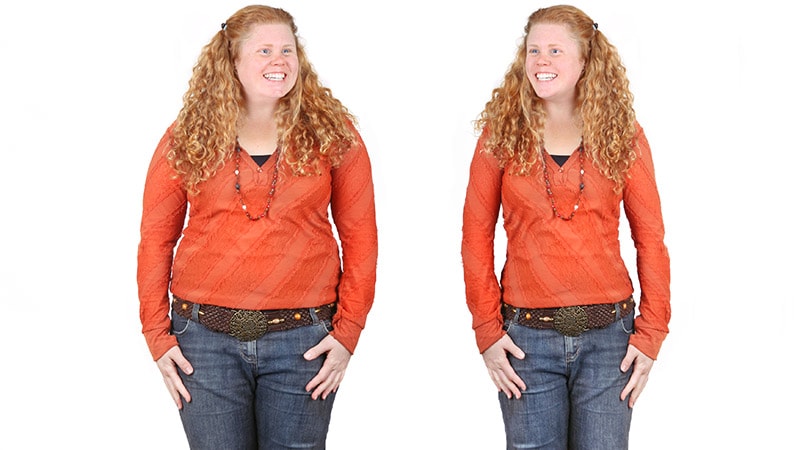Takeaway
- Being centrally obese (CO) was a significant risk factor for experiencing a fall in community-dwelling older adults (age, ≥65 years).
- Being overweight or obese according to BMI alone could not predict the risk.
Why this matters
- Preventive strategies for fall-related injuries in older adults should include central obesity along with BMI.
Study design
- 3383 community-dwelling older adults aged ≥65 years were evaluated.
- Based on BMI (kg/m2), participants were categorised into normal weight (<25), overweight (≥25 to <30) and obese (≥30).
- Waist circumference defined CO classifying participants into, not CO (waist circumference ≤102 cm for men and ≤88 cm for women) and CO (waist circumference >102 cm in men and >88 cm in women).
- Funding: None disclosed.
Key results
- CO older adults were more likely to experience a fall (aOR, 1.37; 95% CI, 1.01-1.85) and fall more frequently (incidence rate ratio, 1.15; 95% CI, 1.03-1.29).
- When stratified by BMI, likelihood of experiencing a fall was not higher in overweight (aOR, 0.80; 95% CI, 0.60-1.07) and obese (aOR, 0.79; 95% CI, 0.56-1.12) vs normal weight older adults.
- Compared with normal weight fallers, chances of fall-related injury were less in obese fallers (aOR, 0.56; 95% CI, 0.35-0.91).
Limitations
- Possible residual and unmeasured confounding.
- Short follow-up period.
References
References


